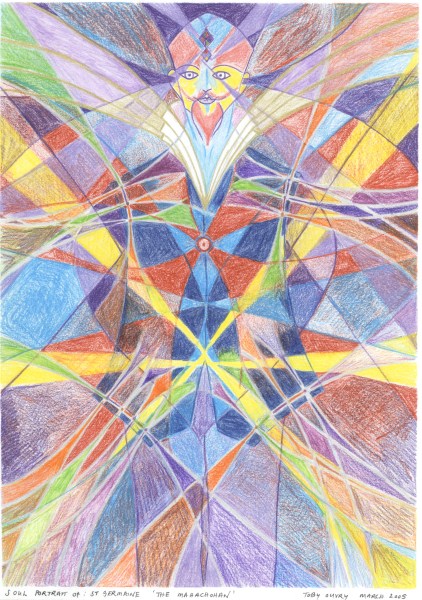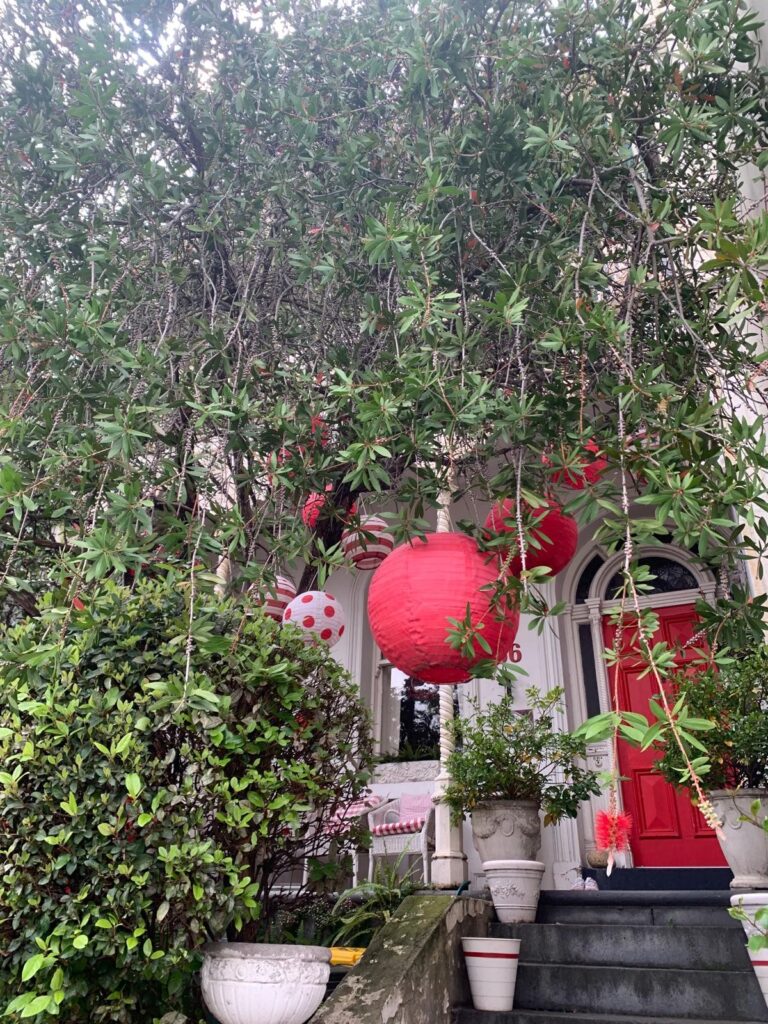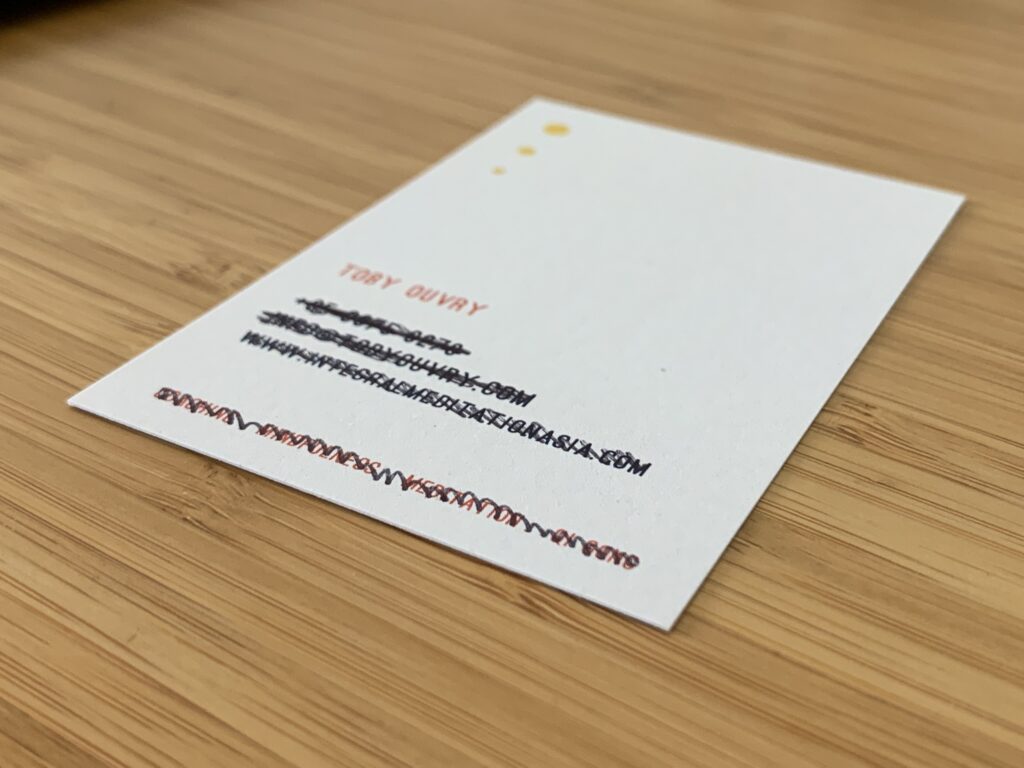“The most important conversations you are having are the inner ones that you are having with yourself. Has what you have been saying today inwardly helped or hindered you?”

Dear Toby,
This week’s article looks at the inner conversation that we all have with ourselves, and how to start working with it mindfully…
A couple of free seasonal meditations coming up, the Winter solstice & new year online sessions, you are all invited!
In the spirit of self-talk,
Toby
Article: Mindfully talking, & not talking to yourself
Most of the time you are talking to yourself
For almost all people, there is an internal conversation we are having with ourself all the time. It is probably the most important conversation you are having because:
- As mentioned, it is going on almost all the time, whether someone else is around or not
- If it is working for you, it can be an almost constant source of support, encouragement, and resilience
- If it is working against you, it is an almost constant source of discouragement, conflict, and weakness
- You can’t escape it by running away. Unlike other people, the voice follows you wherever you go!
Noticing the conversation & making adjustments
Step one then could be to recognize the inner conversation and acknowledge its importance. This can then be a motivator to start working with it. To start working with it, we need to start to watch it and notice what’s going on as we talk to ourselves!
As in all mindfulness practice just becoming aware of it, and starting to study it as an object of consciousness can be profoundly transformative. Based on your observation, you can then practice making small, skilful interventions in the conversation that make it more balanced and useful for you. For example, there is a tremendous difference between
“You’ve just wasted half an hour procrastinating, you idiot, why do you always do that”
And:
“Its normal for me to take half an hour or so to settle into my work, lets see if I can make it just twenty minutes today!”
It’s not rocket science, but it can make a big impact, particularly if we do it regularly, and start to get the compound effect going!
Learning to suspend the conversation
Part of the joy of meditation of course, is to learn that you can actually switch the conversation off, what a relief! Ways to begin the conversation suspension include:
- Watching the spaces between the words in your inner conversation, dropping into them and gradually extending them
- Placing short pauses between your inbreath and out breath, practising suspending the conversation just for those pauses
Exercises such as there help to build familiarity with the state of silence, even when our mind is still quite active
Being pro-active about the conversation
A final method that I can’t recommend highly enough is to activate your ‘inner life-coach’. This means you are taking charge of your inner conversation and saying things to yourself that are encouraging, supportive, balanced, and wise as you go through your day. Being pro-active about this conversation when I play sport is the single best and most consistent tool I have found to bring my best performance out. But, and more importantly, if life is the sport, and today, right now is ‘game day,’ then the time to activate this capacity within yourself is now!
Sometimes it may feel like being pro-active like this takes a lot of work. But then its a lot more work living with a miserable, oppressive inner voice. So you may as well engage in the inner work that is taking you somewhere, rather than just being miserable and running round in circles!
Practicum
- Set aside time to watch your inner conversation with a degree of curious objectivity
- Practice making small skilful interventions
- Practice ceasing the conversation for short periods
- Cultivate your ‘inner life-coach’!
Related articles: Life-fullness
From ‘life is a problem and…’ to ‘life is good and…’
Trusting your inner guru
Four ways of working with your inner voice
© Toby Ouvry 2025, you are welcome to use or share this article, but please cite Toby as the source and include reference to his website www.tobyouvry.com
Follow Toby on: LinkedIn, YouTube, Instagram
Integral Meditation Asia
Online Courses * 1:1 Coaching * Books * Live Workshops * Corporate Mindfulness Training *Life-Coaching * Meditation Technology








